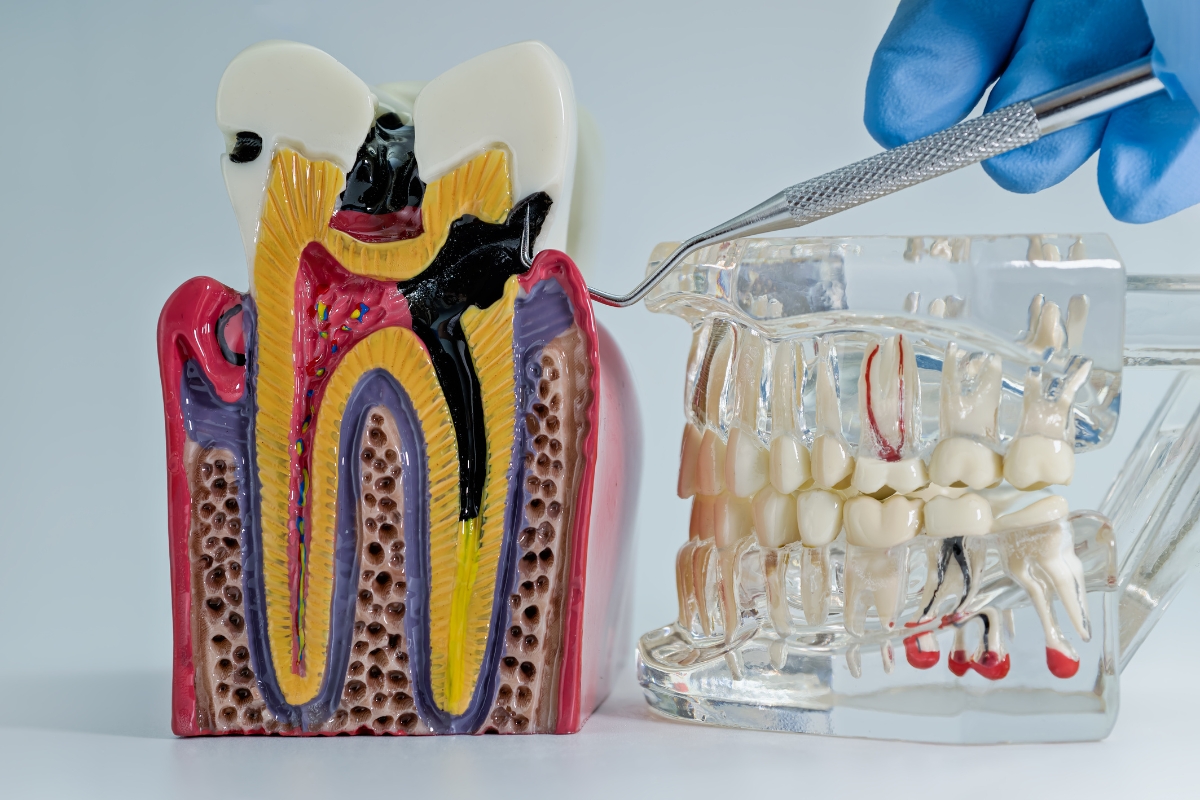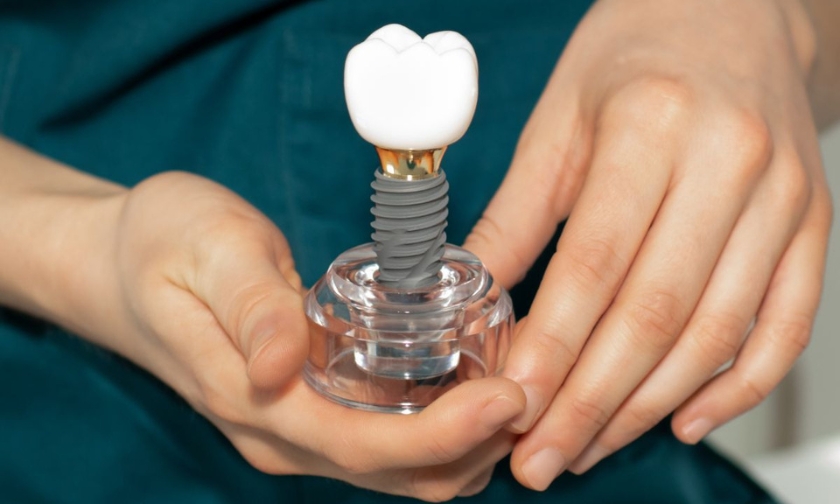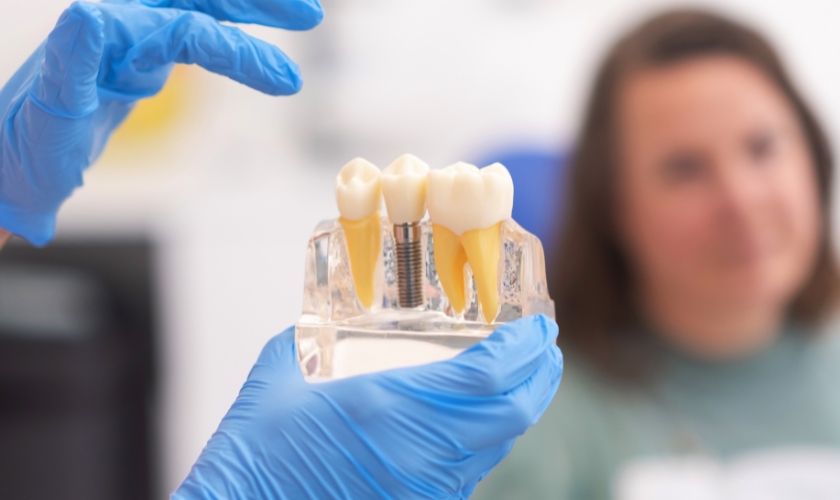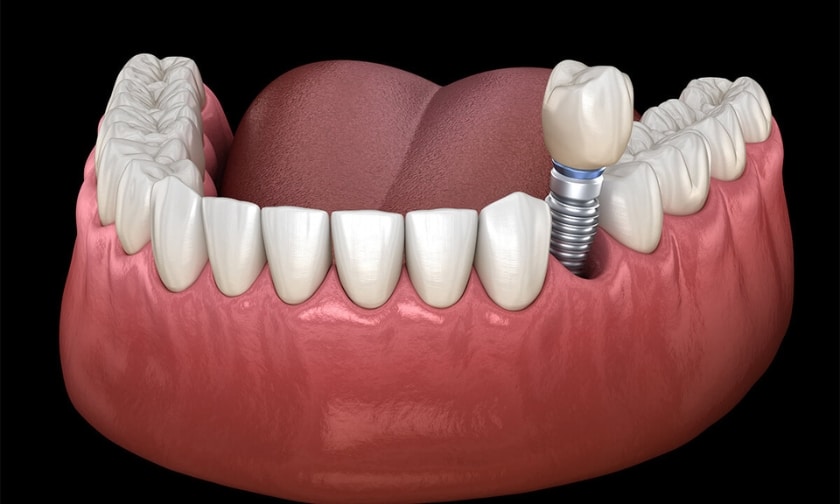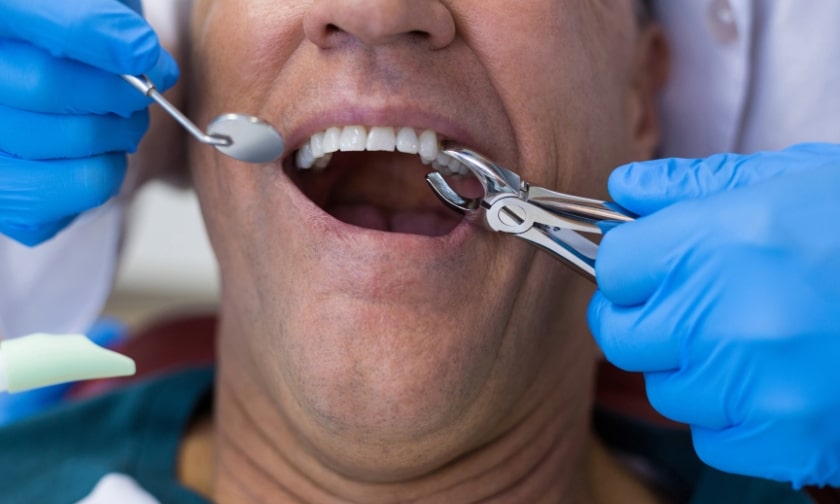Wisdom teeth, also known as the third molar, generally emerge between the ages of 18 and 26. They are typically the last set of teeth present in our mouth. Lack of space while your wisdom teeth start to emerge can lead to multiple complications. These complications include severe pain, infections, inflammation, and many others. The new teeth that appear might not even come up straight and damage your surrounding teeth. Understanding an impacted wisdom teeth situation will help you visit a dentist early. Check out the recovery tips and effective treatment options in this blog while you suffer from this problem.
What Is An Impacted Wisdom Tooth?
When your wisdom teeth emerge at an odd angle, they are termed impacted wisdom teeth. This mainly occurs due to a lack of space towards the end of your mouth. In some instances, wisdom teeth remain stuck in the gum line, causing immense pain. Such cases require immediate professional assistance. You should not hesitate to visit a dentist in Shadyside. If you don’t take immediate action, there can be multiple consequences, including infections, severe pain, damage to other teeth, and many more.
Signs And Symptoms Of An Impacted Wisdom Tooth
Detection of early signs is critical to minimizing complications. Pain and swelling are the most common signs of impacted wisdom teeth. Gum infections can also occur; in such cases, you might spot redness or even blood around the area. You might also suffer from job stiffness and face difficulties while chewing and speaking. That can also be a bad breath issue out of the infection. Last, a few patients also face headaches and ear pain. Consider visiting a dentist if you face any of these symptoms.
Treatment Options For Impacted Wisdom Teeth
The most reliable and ultimate treatment for impacted wisdom teeth is surgical extraction. However, your dentist will initially give you painkillers and wait to see if your wisdom teeth come up straight. Close monitoring is itself the best treatment when it comes to wisdom teeth eruption. There is no need for treatments if your tooth emerges on the right track; pain and swelling are expected during the process. Dentists generally take X-rays to determine if your wisdom teeth will create any problems in the future.
What To Expect During Wisdom Teeth Extraction?
Like any other medical procedure, wisdom teeth extraction starts with an initial consultation. Your dentist will finalize the position of the impacted tooth by taking multiple X-rays. Once they have planned the complete extraction procedure, they will proceed with the sedatives. General or local anesthesia is determined based on patients’ conditions and anxieties. You must follow your dentist’s guidelines for the next few days for complete recovery. You may need to follow a few pre-operative instructions.
Recovery Tips for Wisdom Tooth Extraction
Proper care is essential for a smooth and fast recovery after wisdom tooth extraction. Your oral surgeon will provide instructions for at-home care, such as managing swelling and pain. Take time off work or school to rest for a few days after surgery. Avoid strenuous activities for at least 3-5 days. Apply ice packs to your face to reduce swelling and discomfort. Over-the-counter pain relievers or prescribed medications can help manage discomfort. Avoid a few foods and ensure you maintain your oral hygiene properly.
Effective Care And Recovery For Impacted Wisdom Teeth
Caring for an impacted wisdom tooth can involve different treatment strategies, from monitoring the condition to surgical removal. If you’re experiencing symptoms of an impacted wisdom tooth, it’s essential to seek advice from your dentist quickly. Following the appropriate treatment plan and recovery tips can ensure a smooth and quick recovery. You should always prioritize your oral health as it directly impacts your well-being.

